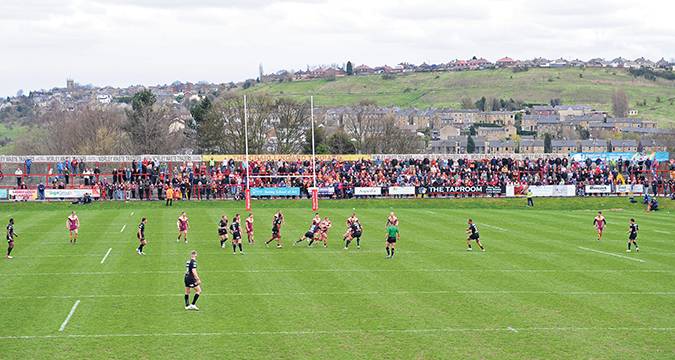 Our journey around the villages, towns and cities that have rugby league running through their veins reaches the home of the Bulldogs.
SUCCESS can be measured in different ways.
Batley Bulldogs fans can only dream of a repeat of the glory days in the earliest years of the Northern Union.
But it could be argued that the side's most memorable
Our journey around the villages, towns and cities that have rugby league running through their veins reaches the home of the Bulldogs.
SUCCESS can be measured in different ways.
Batley Bulldogs fans can only dream of a repeat of the glory days in the earliest years of the Northern Union.
But it could be argued that the side's most memorable Locations of League: Batley
 Our journey around the villages, towns and cities that have rugby league running through their veins reaches the home of the Bulldogs.
SUCCESS can be measured in different ways.
Batley Bulldogs fans can only dream of a repeat of the glory days in the earliest years of the Northern Union.
But it could be argued that the side's most memorable
Our journey around the villages, towns and cities that have rugby league running through their veins reaches the home of the Bulldogs.
SUCCESS can be measured in different ways.
Batley Bulldogs fans can only dream of a repeat of the glory days in the earliest years of the Northern Union.
But it could be argued that the side's most memorable 